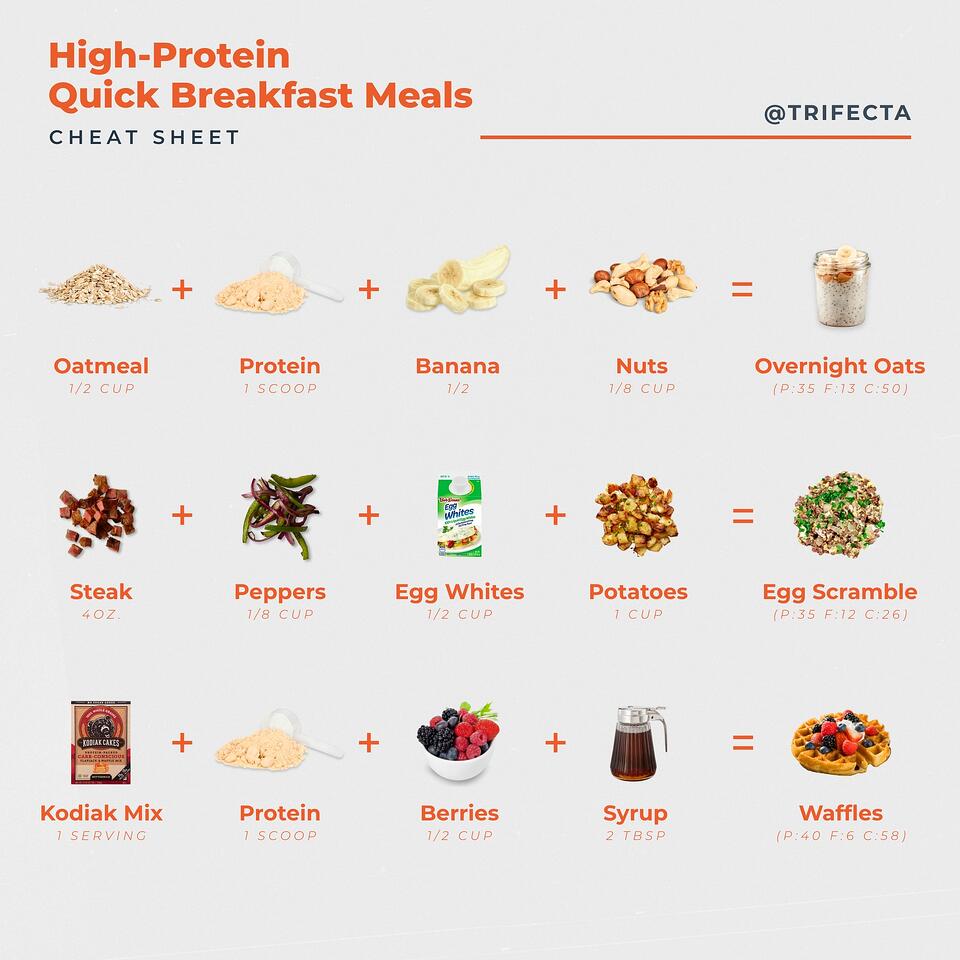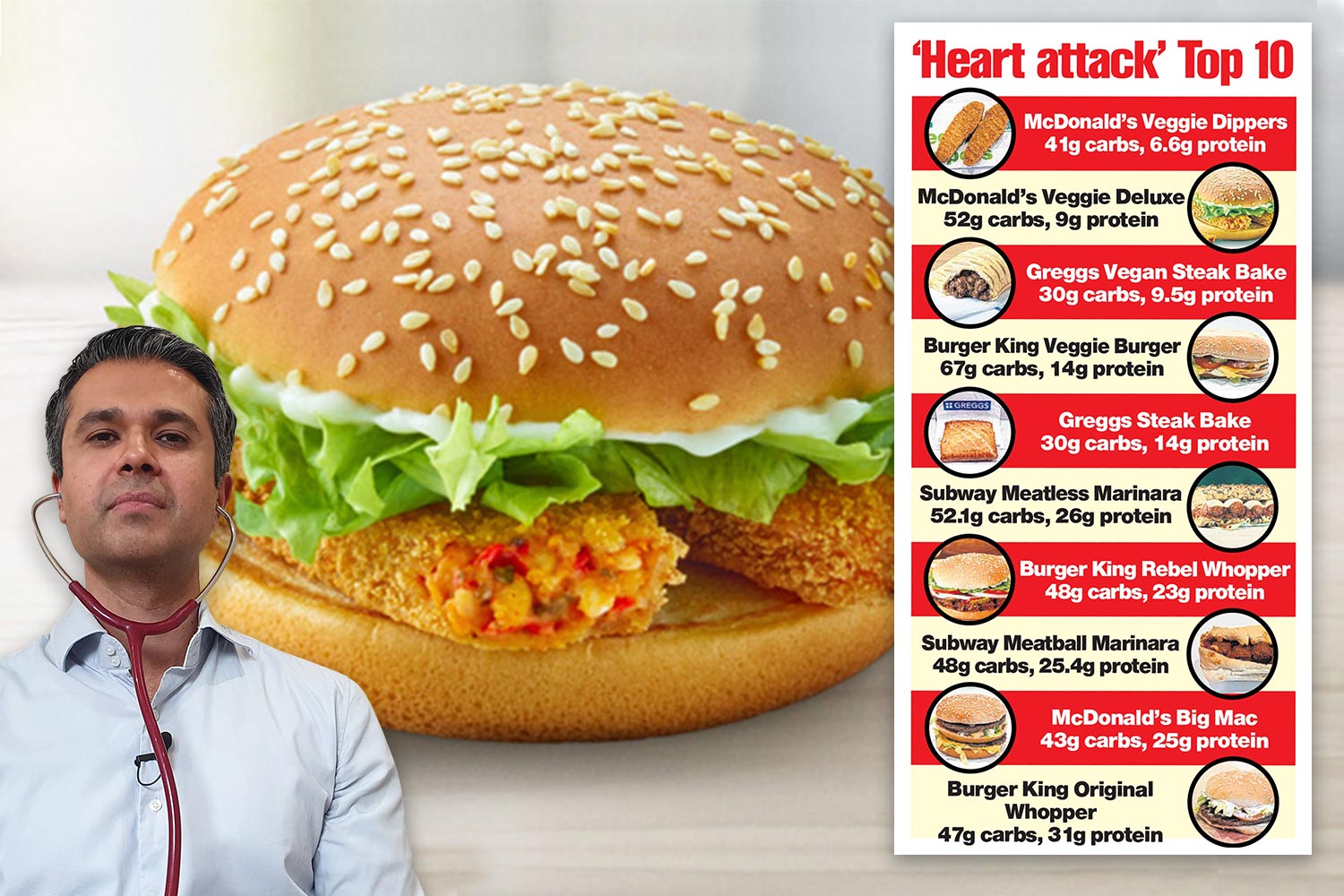
Are human beings omnivores? They may not be, however, they can still eat plant-based foods. Humans have a trophic level of 2.21, and many live on mostly plant-based diets. Humans used to live a more plant based lifestyle prior to the industrial revolution. Other animals, like pigs, are omnivores.
Grasshoppers
Grasshoppers are insects, and the only species on earth that chews on plants. This makes them among the oldest chewing insects. Caelifera's Grasshoppers belong to the Caelifera family. Their origins date back to the Triassic about 250 million year ago.

They can be found in many ecosystems, including dry grasslands and jungles. Although they are a nuisance to humans, they actually play an important role in the ecosystem. Grasshoppers keep the environment healthy by feeding the predators on which they feed.
Carnivorous animals
The idea that humans evolved from carnivorous animals is not new. Dr. Walter L. Voegtlin stated in his book The Stone Age Diet that the human diet consisted mainly of fats, protein, and small amounts carbohydrates. This theory was supported by several factors, such as the fact that the jaw of man is designed to crush and moves vertically, and that the human stomach has a two-quart capacity and contains hydrogen chloric acid.
Before the Upper Paleolithic humans ate only fruit and supplemented it with small prey like eggs, carrion and eggs. They ate only a small amount of big game and only very rarely. Study on higher apes supports this hypothesis. The closest living relatives of humans are chimpanzees, which share 98% of the DNA code with humans. Furthermore, the digestive systems of chimpanzees and humans are similar.
Herbivores
While humans have more in common with herbivores than carnivores, the two main classifications have some key differences. Human digestion is one of the most important differences. Because our mouths are too small to swallow large chunks of food, we must chew them finely and mix them with saliva before swallowing. Carnivores, on the other hand, rip food apart and swallow it quickly.

Also, a vegan diet contains fewer calories per day than a meat-based. People who eat meat are more likely than others to become overweight. This is due to higher amounts of calories than vegetables. Additionally, eating meat can increase colon cancer risk. Harvard University studies found that eating at least five servings of meat per week could increase your colon cancer risk.
FAQ
What are the 7 best tips for a healthy and happy life?
-
Take care of your health
-
Exercise regularly
-
Sleep well
-
Make sure to drink plenty of water.
-
Get enough rest
-
Be happy
-
Smile often
What weight should I be based on my age and height. BMI calculator and chart
To determine how much weight loss you need, a BMI calculator is your best friend. A healthy BMI range is between 18.5 and 24.9. If you want to lose weight, then you should aim to drop about 10 pounds per month. Enter your height and weight to calculate your BMI.
Check out this BMI chart to determine if you are overweight or obese.
How can you live your best life every day?
The first step towards living your best life everyday is to find out what makes you happy. You can then work backwards once you have identified your happiness. Asking others about their lives can help you to see how they live the best life possible.
You can also read books by Wayne Dyer, such as "How to Live Your Best Life". He talks about how to find happiness and fulfillment at all stages of our lives.
How often should I exercise
For a healthy lifestyle, exercise is vital. However, there isn't a set amount of time you must spend working out. The key is to find something that you enjoy and to stick with it.
Three times per week, aim for 20-30 minutes moderate intensity activity. Moderate intensity will mean that you'll continue to be exerting yourself afterward. This type workout burns about 300 calories.
Walking is a great option if you are a keen walker. You can do 10-minute walks four days per week. Walking is low in impact and easy for your joints.
Jogging for 15 minutes three days a week is a good option if you prefer to run. Running is a great way of burning calories and building muscle tone.
Start slowly if you aren't used to doing exercise. Begin by doing 5 minutes of cardio each day, a few times per week. Gradually increase duration until you achieve your goal.
What is the difference between a virus and a bacterium?
A virus is a microscopic organism that cannot reproduce outside its host cell. A bacterium can be described as a single-celled organism which reproduces by splitting in two. Viruses are small, around 20 nanometers in size. Bacteria are much larger, at 1 micron.
Viruses can spread from contact with bodily fluids that are infected such as saliva, urine or semen. Bacteria are usually spread through direct contact with contaminated objects or surfaces.
Viruses can enter our bodies through cuts, scrapes, bites, or other breaks in the skin. They can also be transmitted through the eyes, nose, mouth, ears, vaginal, rectum, and anus.
Bacteria can get into our bodies through cuts, scrapes and burns, insect bites, or other skin breaks. They can also be introduced to our bodies by food, water and soil.
Viruses and bacteria both cause illness. But viruses do not have the ability to multiply within their hosts. They can only infect living cells and cause illness.
Bacteria can multiply within their hosts and cause illness. They can also invade other parts of your body. We need antibiotics to get rid of them.
Is cold a sign of a weak immune response?
It has been said that there are two types of people on the planet: those who love winter or those who hate it. But, regardless of whether you love or loathe winter, you might be wondering why it makes you miserable.
The answer lies in the fact that our bodies are designed to function best during warm weather. Hot climates are where our food sources are most plentiful, and we evolved to thrive there.
However, our environment is quite different than that of our ancestors. We spend more time indoors and are often exposed to extreme temperatures (cold or heat) and eat processed foods rather than fresh.
As a result, our bodies aren't used to such extremes anymore. That means that when we do venture outdoors, we're left feeling tired, sluggish, and even sick.
There are many ways to avoid these side effects. One way is to make sure that you stay well-hydrated throughout the day. Drinking plenty of water will help you keep your body hydrated and flush out toxins.
Also, ensure you eat healthy food. Consuming healthy food helps maintain your body's optimal temperature. This is especially helpful for people who spend a lot of time indoors.
It is worth taking a few extra minutes each day to meditate. Meditation can help you relax your mind, body and soul. This makes it easier to manage stress and illnesses.
Statistics
- Extra virgin olive oil may benefit heart health, as people who consume it have a lower risk for dying from heart attacks and strokes according to some evidence (57Trusted Source (healthline.com)
- WHO recommends consuming less than 5% of total energy intake for additional health benefits. (who.int)
- In both adults and children, the intake of free sugars should be reduced to less than 10% of total energy intake. (who.int)
- nutrients.[17]X Research sourceWhole grains to try include: 100% whole wheat pasta and bread, brown rice, whole grain oats, farro, millet, quinoa, and barley. (wikihow.com)
External Links
How To
What does the term "vitamins" mean?
Vitamins are organic substances found naturally in food. Vitamins help us absorb nutrients from foods we eat. The body cannot make vitamins; therefore, they must be obtained from food.
Two types of vitamins exist: water soluble and oil soluble. Water-soluble vitamins dissolve readily in water. These include vitamin C (thiamine), Vitamin B1 (riboflavin), Vitamin B2 (riboflavin), Vitamin B3 (niacin), Vitamin B6 (pyridoxine), Vitamin C, B1 (thiamine), Vitamin B2 (riboflavin), Vitamin B3 (niacin), and Vitamin B6 (pyridoxine). The liver and fatty tissues are home to fat-soluble vitamins. Vitamin D, E, K and A are some examples.
Vitamins can be classified by their biological activity. There are eight main groups of vitamins.
-
A - Vital for healthy growth.
-
C is important for nerve function and energy production.
-
D - essential for healthy teeth and bones.
-
E is needed for good reproduction and vision.
-
K – Required for healthy muscles & nerves.
-
P – vital for building strong bones.
-
Q - aids in digestion of iron and iron absorption
-
R - Required for red blood cell production
The recommended daily allowance (RDA), for vitamins, varies based on gender, age, and physical condition. The U.S. Food and Drug Administration (FDA) sets the RDA values.
For example, the RDA for vitamin A is 400 micrograms per dayfor adults 19 years or older. Pregnant mothers need 600 micrograms a day to ensure fetal growth. Children ages 1-8 require 900 micrograms per day. Babies under one-year old need 700 micrograms per daily. Between 9 and 12 month, however, this drops to 500 mg per day.
Children aged between 1-18 years old who are obese require 800 micrograms per Day, while overweight children need 1000 micrograms every day. Children underweight or obese will require 1200 micrograms a day to meet their nutritional requirements.
Children 4-8 years old with anemia will need 2200 mg of vitamin D daily.
Adults over 50 years of age need 2000 micrograms per day for general health. Breastfeeding or pregnant women require 3000 micrograms per daily due to higher nutrient demands.
1500 micrograms is the recommended daily intake for adults aged 70+, as they lose 10% of their muscle every ten years.
Women who have been pregnant or are lactating require more than the RDA. Pregnant and breastfeeding women require 4000 micrograms each day during pregnancy and 2500 Micrograms each day after birth. Breastfeeding mothers need 5000 micrograms per day when breast milk is being produced.